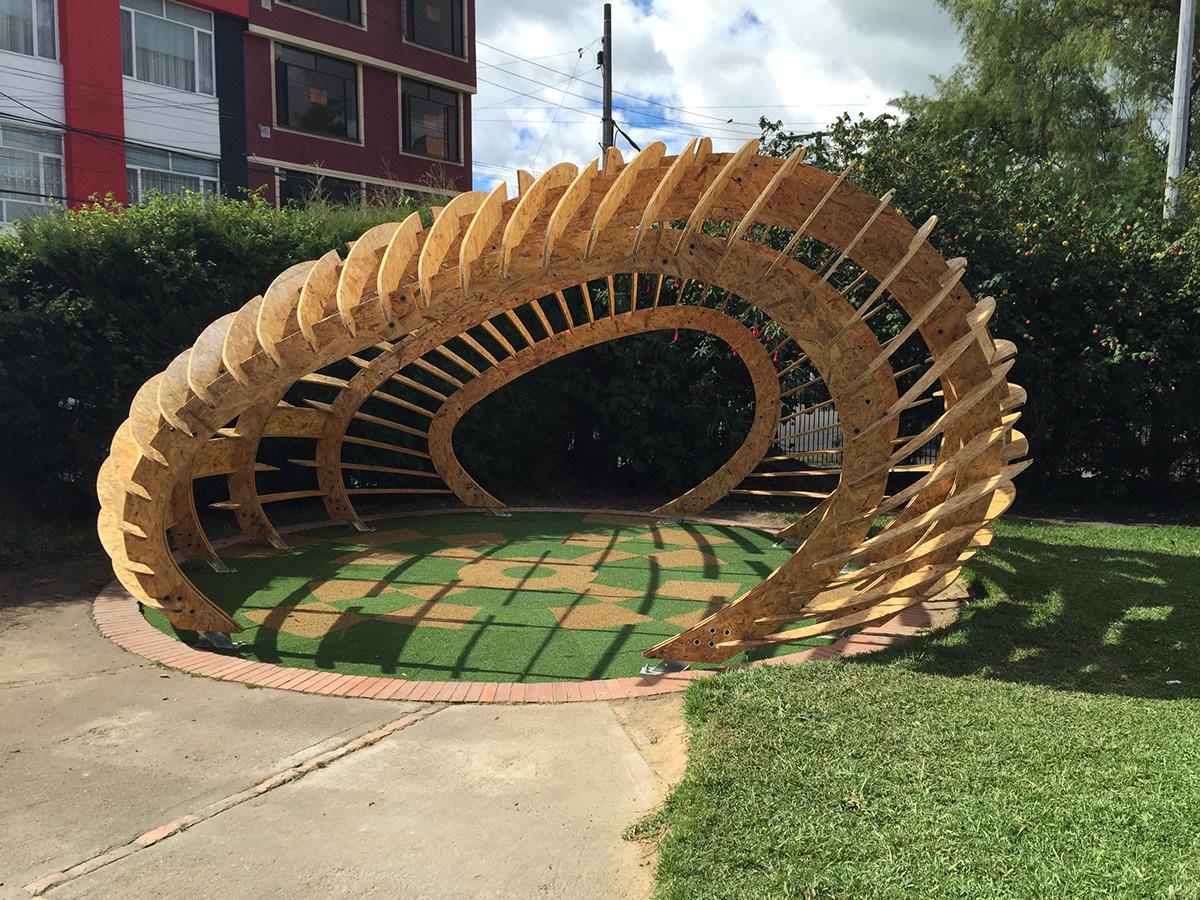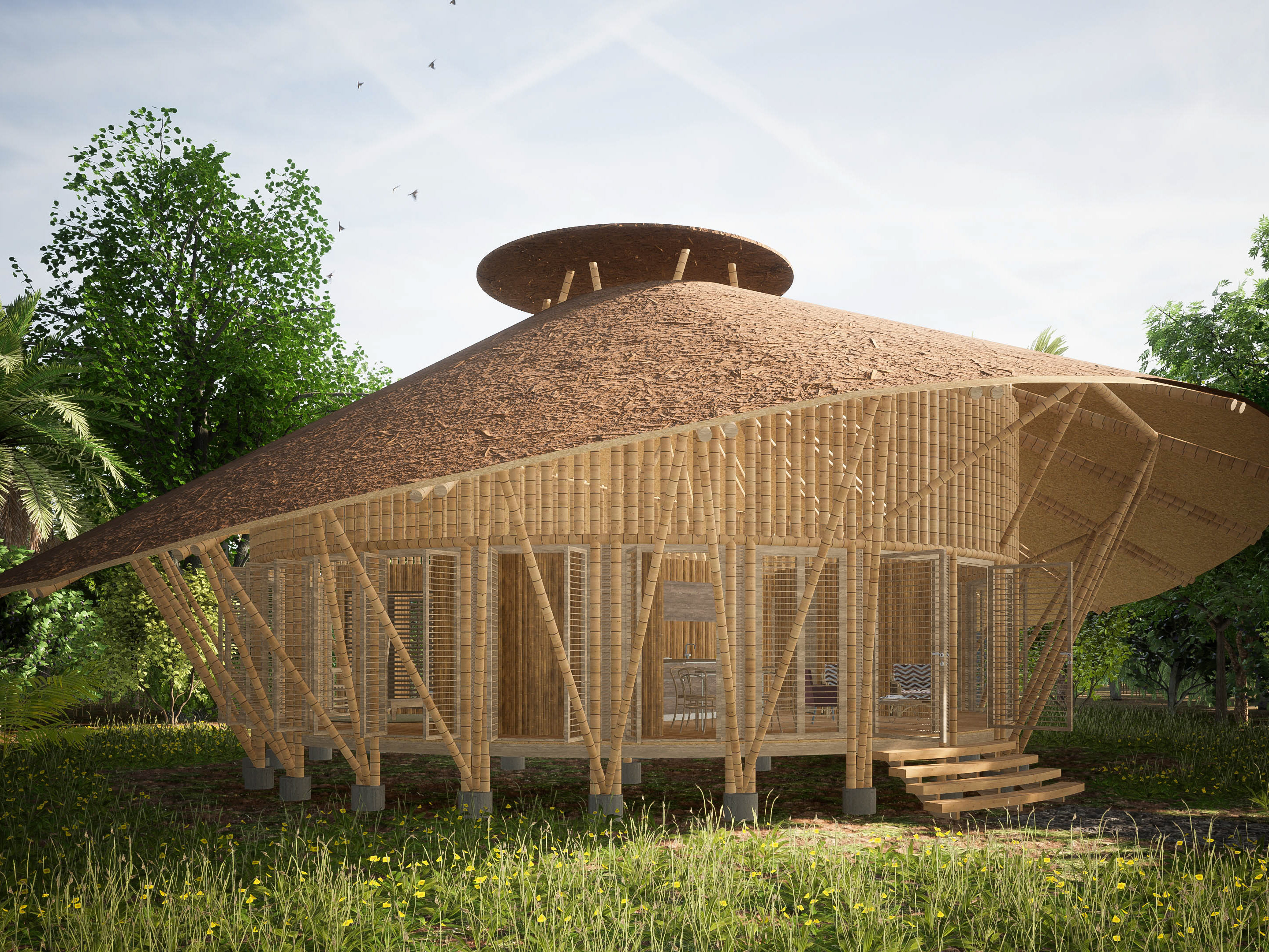Thanks to the fast technological advances of the last decades and the systematization of information, today it is possible to access the knowledge practically from anywhere and at any time through the different existing devices (Computer, Tablet, Smartphone, etc.) that are within our reach, which in turn allow us to be part of a large global network of information with easy and fast access.
The above suggests a drastic change in the way in which humanity consumes different types of information since the book as we know it today is no longer the only source of obtaining knowledge and becomes one more way to obtain it.
Project Intentions
1.Compress:
Thanks to the technological transmission of information, it is possible to compress the storage space to the maximum.
2. Fragment:
Compression allows fragmentation of the library program between the different sections dedicated to specific tasks.
3. Flexibility:
Fragmentation enables flexibility and versatility in each of these sections, allowing the change of uses or transformation of entire sections without altering the operation of the building.
4. Connections:
Taking into account that in the 21st century the construction of knowledge is no longer individual but collective, it seeks to promote interactions and connections between users through circulations such as stairs, bridges and corridors which act as social condensers.
5. Accessibility:
The library is made transparent as a call for absolute accessibility, thus emphasizing its public nature and highlighting the importance of the democratization of knowledge.
Design Concept
As a consequence of this, one of the institutions most affected by these rapid and abrupt technological and social transformations has been the librarian, since each model developed, each typology built has become obsolete; However, these changes have allowed the library to discover its cultural role and its social role today.
In the same way, many architectural theorists such as Rem Koolhaas affirm that it is essential to reformulate the traditional concept of the library, adapting it to the new requirements of this type of facility to turn it into an "information store", thus referring to the importance that the library is acquiring. audiovisual media and changes in user interaction with this type of technology.
Possibly the library as an exclusive place for research, collection and reading is a thing of the past. The library of the 21st century must have value as a meeting place for discussion and debate. Well, as Koolhas affirms in the proposal for the Seattle Central Library contest “The modern library is not just a place to read, but a social center, an organism where different activities are carried out. The new building had to be sensitive to the incipient social role of libraries, creating a space open to the public and avoiding the "fortress" character that this type of construction has traditionally had ”. In other words, the essential thing is no longer the collections that the libraries house, but the connections that occur within it between the different types of users and information.


